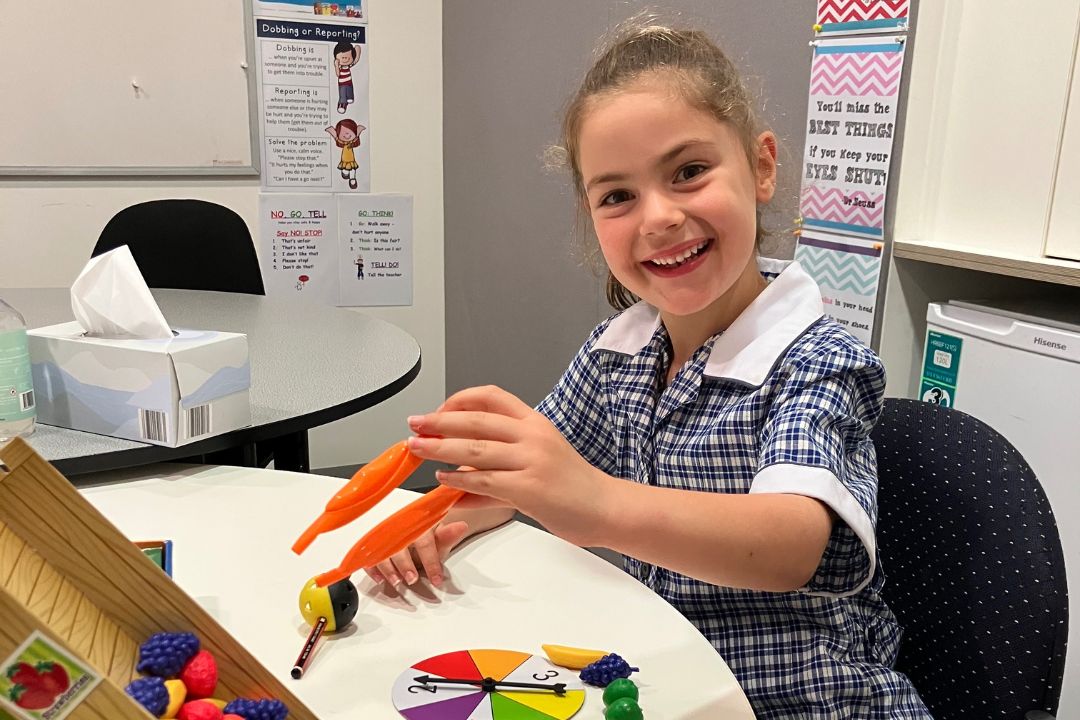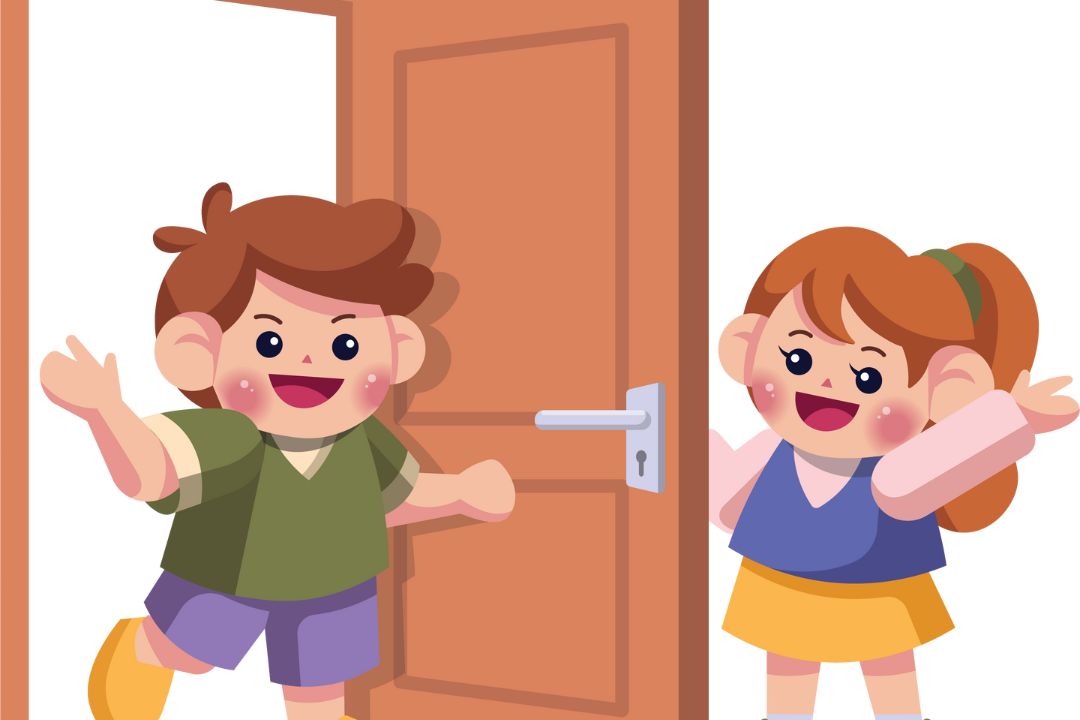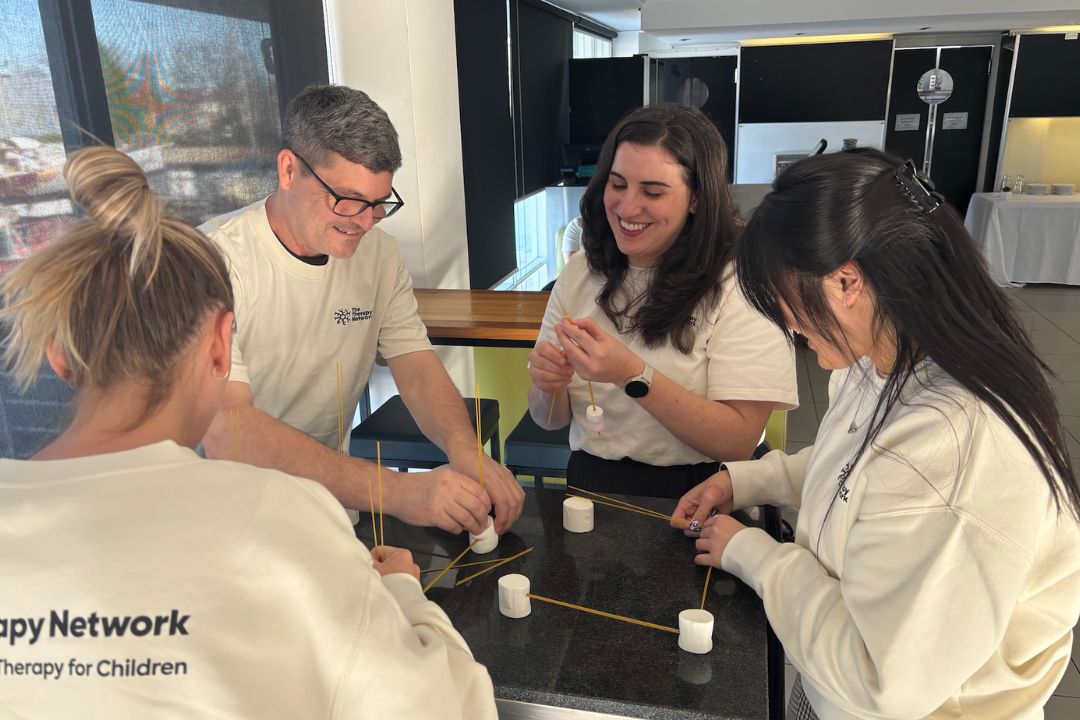When you think of occupational therapy, you might imagine exercises, equipment, or structured activities. However, if you step into a paediatric OT session, there’s a good chance you’ll see a child climbing, building, pretending, or even giggling through a game. That’s because for children, their most important “occupation” is play.
So, What Is Play?
Play is more than just having fun. It’s how children explore the world, test ideas, build relationships, and develop essential life skills. It can be structured or unstructured, solitary or social, quiet or wildly energetic. Whether it’s stacking blocks, pretending to be a superhero, or digging in the sand, play is a powerful tool for learning and development.
The Importance of Play in Childhood Development
Play is central to every area of a child’s development. Here’s how it supports growth across key domains:
- Physical development: Climbing, crawling, jumping, and drawing all build strength, coordination, balance, and fine motor skills.
- Cognitive development: Puzzles, pretend scenarios, and problem-solving games boost thinking skills, memory, and creativity.
- Social-emotional development: Through play, children learn to take turns, manage frustration, read social cues, and express emotions.
- Language development: From storytelling in pretend play to negotiating rules in games, play encourages rich communication and vocabulary.
Why Is Play Central in Paediatric OT?
As occupational therapists, we use play as both a means and an end. That means:
- Play as a tool: We use playful activities to target developmental goals — whether it’s improving hand strength through playdough or supporting sensory regulation through swinging.
- Play as a goal: For some children, the ability to play — with peers, independently, or imaginatively — is the goal. Helping a child learn how to join a game, share toys, or sustain pretend play is just as valuable as learning how to write or self-dress.
The Power of Play-Based Therapy
Children learn best when they’re engaged and motivated — and nothing motivates a child quite like play. When therapy feels like play, it lowers stress, increases participation, and creates positive associations with learning. Plus, it gives us a window into the child’s world — their interests, strengths, and challenges — so we can tailor our support in meaningful ways.
Supporting Play at Home
Parents and caregivers play a huge role in nurturing play. You don’t need expensive toys or fancy equipment — time, attention, and imagination are the biggest gifts you can offer.
Some tips to encourage play at home:
- Set aside unstructured time each day.
- Follow your child’s lead and join in their world.
- Offer a variety of materials — blocks, pretend props, nature, household items.
- Limit screens to make room for active, imaginative play.
In a world that often pushes for early academic success and structured schedules, it’s worth remembering: play is not a luxury — it’s a necessity.
It’s how children make sense of the world and their place in it.
As paediatric OTs, we honour the power of play, using it to connect, to support, and to help children thrive.
So next time you see a child deeply immersed in play, remember — they’re not “just playing.”
They’re building the skills they’ll use for life.





